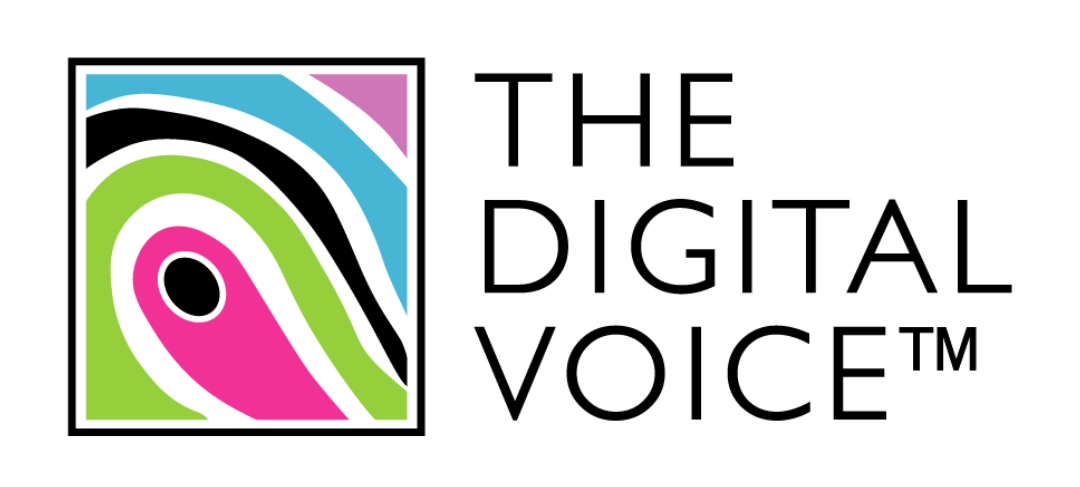Taking control of programmatic: 5 minutes with… Piero Pavone

Q: How are publishers taking control of programmatic?
A: Publishers have always had some level of control. Firstly, they can decide which advertisers they want to deal with and whose ads they want to run, and they can set a minimum bid rate for their inventory. They also own first-party data relating to their readers and customers and can decide how they share this with advertisers, with the customers’ permission.
But over the past couple of years or so, they have started to take more control by tapping into header bidding, which enables them to host unified auctions where all demand partners, including companies like Google, The Trade Desk, and our own Ultima for Advertisers platform, compete simultaneously for impressions in real time. This results in higher winning bids and increased revenues.
This is much better for publishers than the previously-employed system of ‘the waterfall’. In this system, publisher inventory was passed down a line of demand partners in descending order of importance, meaning that the first bid to exceed the floor price from someone high up the chain would win the auction, even if demand partners lower down the chain, who were never given the chance to bid on the impression, were prepared to pay more. So, if the floor price is $1, the first bid of $1.01 wins the bid, even if someone lower down the chain was prepared to bid $2.
Header bidding has come to prominence in the past couple of years, thanks to the efforts of Prebid.org, a non-profit organisation that manages open-source software for header bidding. They have educated publishers about the benefits of header bidding, and made it easier for them to integrate it on their properties.
Q: Why are they taking control?
A: At its simplest level, publishers are taking control of programmatic in order to earn more revenues. For the smaller publishers in particular, header bidding offers an opportunity to compete on more of a level playing field with the larger publishers.
Q: What are the key issues that publishers are trying to fix?
A: They want to have more control over the revenues they can earn. Smaller publishers also want to access some of the benefits that come with working with a big SSP, such as exposing their inventory to more and higher-quality demand partners. Currently, smaller publishers with just one site, rather than a network of sites, cannot work with the big SSPs like Google Ad Manager 360 or Index Exchange, because they don’t generate the millions of impressions needed to reach their minimum threshold. So, they are largely forced to work with Google AdSense on a low CPM of typically $3. In turn, the gap between the bigger publishers and the smaller ones continues to grow. There are some smaller exchanges out there that smaller publishers can work with, but again, the rates tend to be very low. This is a problem we are seeking to address.
Q: What are the first steps any publisher looking to regain control of programmatic should take?
A: For those with the capability to integrate header bidding across their digital properties, they should seek to do so, and use the resources provided by Prebid.org to help them. For smaller publishers who may struggle to integrate header bidding, or to pay the annual membership fee to Prebid.org, it’s a case of finding the right third-party adtech partner to work with, who can help them to integrate header bidding.
Q: What are the main challenges they will face?
A: The biggest challenge is the power of the walled gardens, like Meta and Google, who are so dominant and soak up such a large proportion of digital advertising spend. They make it very hard for smaller publishers to compete on a level playing field.
Q: What's in the pipeline from Preciso?
A: We are working on a WordPress application called Ultima for Publishers, which will go live in the next few months. We have chosen WordPress because the vast majority of small and medium-sized publishers use it for their websites. It will be the publisher equivalent of our Ultima for Advertisers native advertising solution which runs in Shopify. This will be very simple — a WordPress plug-in that they download, that will enable them to add several extra native ad units to their website and then monetise it using header bidding. So, a publisher running long articles with only one advertising unit at the top of the page, for instance, can create an additional native advertising unit within the article to increase revenues.
This is our way of helping these publishers gain more control and monetise their inventory, without needing to reach a minimum threshold of impressions, as mentioned, in order to be able to use the solution. This will generate extra revenues for small publishers from day one — which we estimate we can increase by as much as 30%. In any case, they will be able to see how much extra revenue they are generating, and if they like what they see, they can keep it, and if they don’t, they can remove it.
It’s very transparent. It will open small and medium-sized publishers’ inventory up to more demand partners, and it will use header bidding, which is proven to increase the size of the winning bid by pitching all bidders against each other simultaneously in a unified auction. For niche publishers with hard-to-reach audiences, this is a significant factor.
Also published in: InPublishing


